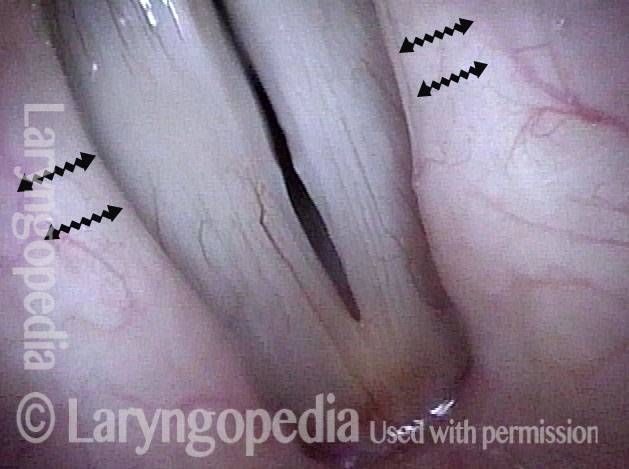The vocal capability battery is a variable set of vocal tasks that the clinician elicits from the patient in order to understand the individual’s vocal capabilities and vocal limitations. During the vocal capability battery, the clinician might assess average/anchor pitch, maximum range, ability to add loudness, sustained phonation (for stability), swelling checks of mucosal injury, maximum phonation time, and response to brief trial therapy.

